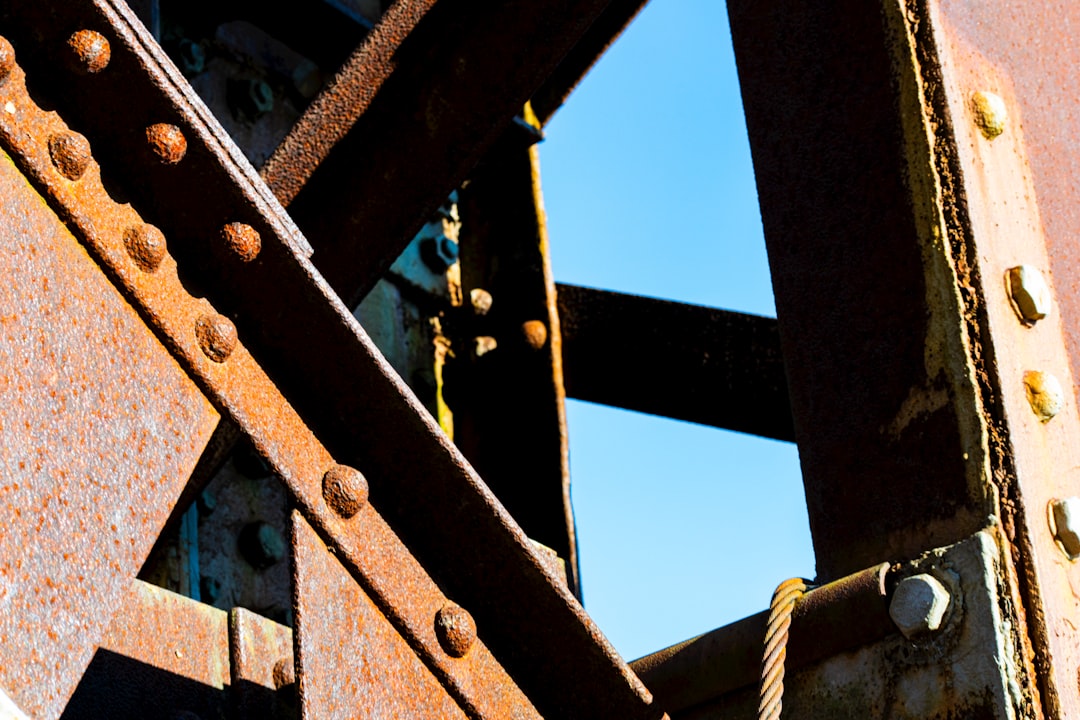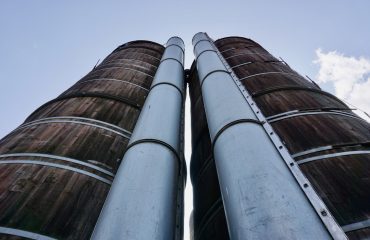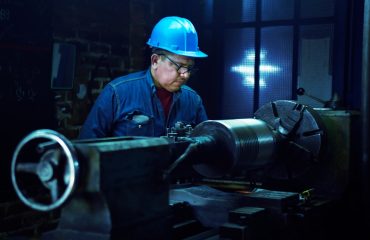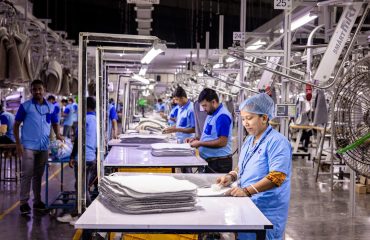Shipbuilding is a complex undertaking, demanding materials of exceptional strength, durability, and reliability. Steel pipes, in particular, play a critical role, forming the backbone of a vessel’s infrastructure and impacting its safety, efficiency, and longevity. This comprehensive guide explores the crucial aspects of selecting and utilizing steel pipes in modern shipbuilding.
1. Material Selection: The Foundation of Strength
The choice of steel grade for shipbuilding pipes is paramount. Several factors influence this decision, including the intended application, environmental conditions, and required mechanical properties. Commonly used steel grades include:
- High-strength low-alloy (HSLA) steels: These offer a superior strength-to-weight ratio compared to carbon steel, leading to lighter vessels and improved fuel efficiency. They are often specified for hull structures, pipelines, and other critical components.
- Carbon steels: While less strong than HSLA steels, carbon steels remain a cost-effective option for less demanding applications. Their weldability and readily available nature make them suitable for various uses.
- Stainless steels: Resistant to corrosion and high temperatures, stainless steels are essential for applications involving seawater contact, exhaust systems, and chemical handling. However, their higher cost limits their use to specific areas.
- Weathering steels (Corten steel): These steels develop a protective rust layer, minimizing the need for extensive maintenance in exposed environments. They’re particularly useful for external structures and components.
The selection process also considers factors like yield strength, tensile strength, impact resistance, and fatigue strength to ensure the pipes can withstand the stresses of marine environments.
2. Manufacturing Processes: Ensuring Quality and Consistency
Steel pipes for shipbuilding undergo rigorous manufacturing processes to guarantee dimensional accuracy, surface finish, and mechanical integrity. Common methods include:
- Seamless pipes: Produced by piercing and rolling a solid steel billet, seamless pipes offer superior strength and resistance to internal pressure compared to welded pipes. They are preferred for high-pressure applications and critical structural components.
- Electric resistance welded (ERW) pipes: These pipes are formed by welding together a steel strip, offering a cost-effective alternative to seamless pipes for less demanding applications. Advanced ERW techniques produce high-quality pipes with excellent mechanical properties.
- Submerged arc welded (SAW) pipes: Suitable for large-diameter pipes, SAW utilizes a submerged arc welding process to create strong and consistent welds. These pipes are often used for large-diameter pipelines and ballast systems.
Each manufacturing process has its own quality control measures, including ultrasonic testing, radiographic inspection, and hydrostatic testing, to ensure the pipes meet stringent industry standards.
3. Quality Control and Standards: Meeting International Regulations
The safety and reliability of a vessel depend heavily on the quality of its components. Steel pipes used in shipbuilding must adhere to strict international standards and undergo rigorous quality control checks throughout the manufacturing and installation process. Key standards include:
- ISO 9001: Ensures the implementation of a quality management system.
- ABS, DNV GL, Lloyd’s Register: These classification societies establish standards for the design, construction, and maintenance of vessels, including the use of specified steel pipe grades and manufacturing processes.
- API 5L: Specifies requirements for line pipe used in the oil and gas industry, often applicable to pipelines on vessels.
Regular inspections, non-destructive testing (NDT) methods, and meticulous documentation are crucial to ensure compliance with these standards and maintain the integrity of the pipes throughout the vessel’s lifespan.
4. Applications in Shipbuilding: From Hull to Propulsion
Steel pipes find diverse applications throughout a ship’s construction, supporting a wide range of functions:
- Hull structure: Pipes form integral parts of the ship’s framework, contributing to its strength and stability.
- Pipelines: They transport fluids like water, fuel, oil, and chemicals throughout the vessel.
- Ballast systems: Pipes are crucial for managing the ballast water, impacting the ship’s stability and draft.
- Fire protection systems: Steel pipes carry water and fire-suppressing agents to combat fires.
- Propulsion systems: They play a vital role in the conveyance of fuel and lubricating oils.
- HVAC systems: Pipes transport air and fluids for heating, ventilation, and air conditioning.
The specific type and grade of steel pipe selected will vary depending on the pressure, temperature, and corrosive environment of each application.
5. Future Trends and Innovations: Sustainable and Efficient Solutions
The shipbuilding industry is continuously evolving, driven by the need for greater efficiency, sustainability, and enhanced performance. Future trends in steel pipe utilization include:
- Advanced high-strength steels: Further development of HSLA steels and other advanced materials will lead to lighter and stronger vessels with reduced fuel consumption.
- Improved welding techniques: Innovations in welding technologies will enhance the quality and efficiency of pipe joining, reducing costs and improving reliability.
- Lightweighting strategies: Exploring the use of composite materials in conjunction with steel pipes to minimize weight and enhance fuel efficiency.
- Corrosion protection advancements: Developing more effective coatings and protective measures to extend the lifespan of steel pipes in harsh marine environments.
- Digitalization and simulation: Utilizing advanced computer modeling and simulation to optimize pipe design and installation, ensuring structural integrity and minimizing material waste.
By embracing these trends, the shipbuilding industry can build more sustainable, efficient, and reliable vessels, relying on high-quality steel pipes as a fundamental building block.
Tags: steel pipes, shipbuilding, steel pipe selection, shipbuilding materials, marine applications




